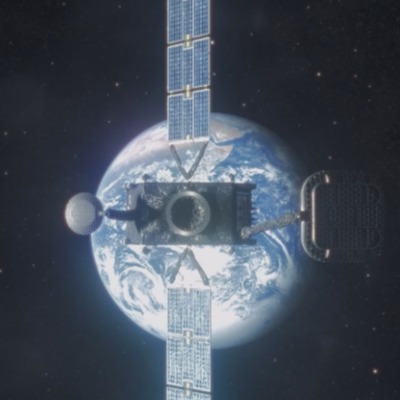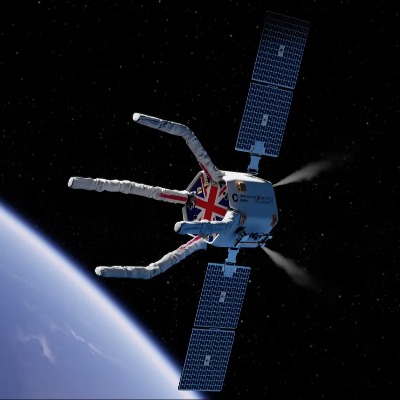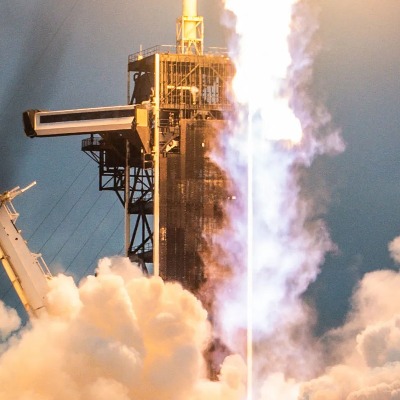GE Turns Up The Heat: Combining Rotating Detonation & Ramjet For Hypersonic Breakthrough

General Electric (GE) Aerospace has cracked the code to a hypersonic engine revolution, successfully combining rotating detonation combustion (RDC) with ramjet technology in a ground-rig test. This unprecedented feat promises lighter, more efficient engines capable of propelling vehicles at mind-boggling speeds, opening doors to faster travel, cheaper space access, and potentially even military applications.
Traditional hypersonic engines suffer from limitations. Rockets excel at high speeds but are costly and fuel-hungry. Ramjets, while efficient, require supersonic airflow to function, hindering their low-speed operation. Enter RDC, a technology that employs rotating detonations – supersonic explosions – to generate thrust, offering unmatched power density and fuel efficiency.
For years, experts predicted the dream combination: marrying RDC's high performance with the flexibility of a ramjet. But integrating these contrasting technologies wasn't easy. Challenges arose in managing detonation waves, transitioning smoothly between different modes, and developing materials capable of withstanding the intense heat and pressure.
Undeterred, GE engineers persevered. Their recent breakthrough involved successfully testing a dual-mode ramjet (DMRJ) equipped with a rotating detonation combustor in a supersonic flow stream. This hybrid engine seamlessly transitioned between ramjet and RDC modes, demonstrating stable operation across a wide range of speeds.
"The successful demonstration of a DMRJ with RDC is a game-changer in hypersonic propulsion," said Chris Gardner, head of GE Aerospace's advanced propulsion team. "This paves the way for engines that are both powerful and efficient, unlocking new possibilities for hypersonic flight."
The implications are staggering. Faster, cheaper point-to-point travel across continents? Check. Reusable spaceplanes dramatically reducing launch costs? Check. Hypersonic military vehicles offering unrivaled speed and maneuverability? The possibilities are tantalizing.
While challenges remain, including scaling up the technology and integrating it into actual vehicles, GE's success marks a momentous milestone. The company estimates its "RD-DMRJ" system could be ready for ground testing in a hypersonic turbine engine configuration by the end of 2025.
GE's hypersonic ambitions extend beyond Earth. The RDC-powered engines could potentially propel future missions to Mars or even interstellar travel, pushing the boundaries of human exploration.
The roar of GE's hypersonic engine isn't just a testament to cutting-edge technology; it's a sound of a new era dawning. With each fiery detonation, the future of travel inches closer, promising a world where hypersonic speeds are no longer science fiction, but a thrilling reality.




